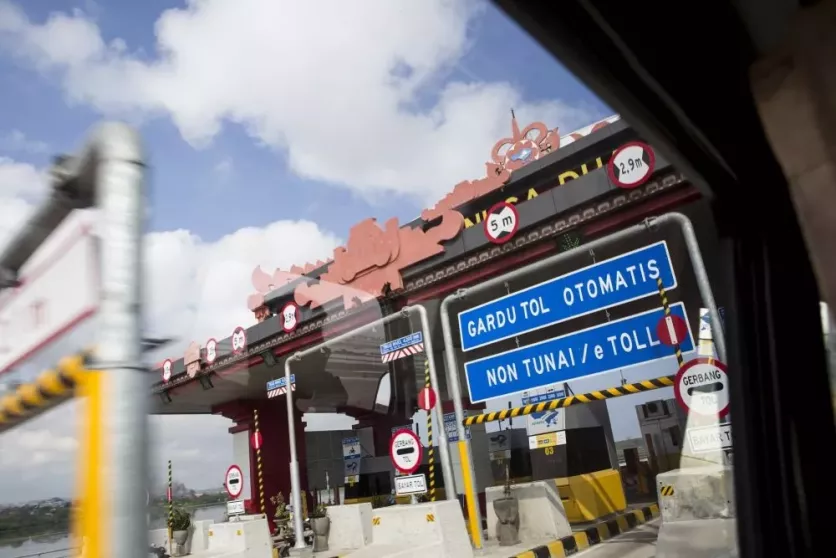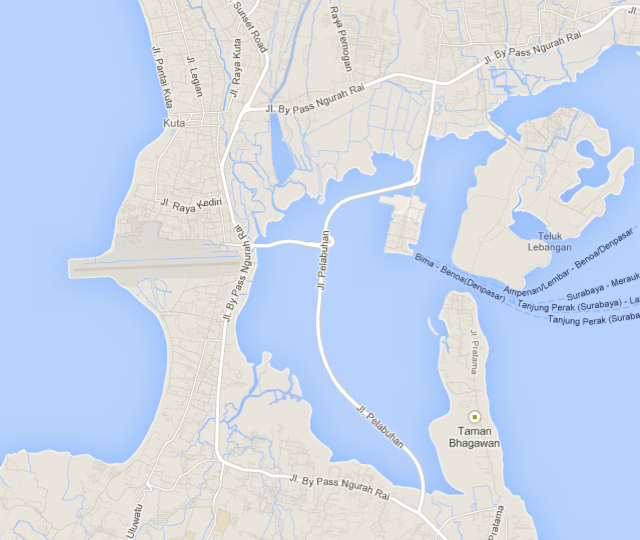Despite the availability of e-cards for payment on the Bali Mandara Toll Road, few expatriates have obtained them. Some find it easier to rely on the kindness of locals in line behind them at the toll gate. In the worst case, you can pay a toll booth employee, and they will work something out. But this only works during daylight hours. At night, for instance, you can get stuck without a card…

It seems that things will soon become simpler. Indonesian authorities have announced the test launches of a new toll payment system. Already in June of this year, the Multi Lane Free Flow (MLFF) system is expected to operate along the entire Denpasar-airport Ngurah Rai-Nusa Dua route. It will eventually allow for a complete elimination of toll gates.
What is MLFF, and how does it work? It is a global navigation system that enables payment without stopping at special devices. Information about the vehicle's movement is captured by satellites. Then, the funds are deducted in a special smartphone app. The only thing the driver needs to ensure is that there is a sufficient balance. Using Multi Lane Free Flow will reduce the transaction time from ten seconds to four. Most importantly, queues at the toll gate will become a thing of the past.
The paid toll road over the ocean in Bali will serve as a kind of guinea pig. Officials believe that due to the low traffic on the Denpasar-Nusa Dua toll, it will be easier to track all the nuances and possible glitches in the system here. After successful test launches and trouble-free system operation, MLFF will be applied to 40 more toll roads in Indonesia: on Bali and Java. This is a massive project, costing almost 4.5 billion rupiahs.
As for toll travel between Denpasar and Nusa Dua, the previous payment option will remain available. Half of the frames at the entrance will be converted to the MLFF system, while the other half will have familiar turnstiles operating with a card. Vehicles can pass through the MLFF frames without slowing down, and the funds are deducted after exiting the toll section.
How to pay toll using the Multi Lane Free Flow (MLFF) system?
When using MLFF, users of toll roads can make transactions in three ways.
Method 1:
Using a smartphone, suitable for drivers who rarely change vehicles. In other words, if you travel daily only on one car or bike, you can choose the E-OBU payment system. Install the ITS OBU application. Provide personal details: mobile phone number, email address, and the electronic wallet or bank card you use.
Select the "Vehicle Registration" menu. Required information: license plate number, make, a photo of the vehicle, and a photo of the STNK document.
Method 2:
The second way to use the MLFF system is the On-Board Unit (OBU). This method is recommended for vehicles frequently used by different drivers. You'll need to purchase the on-board unit and register your car.
This method is not much different from the first. After registering the vehicle, the system will record the use of toll roads based on GPS data, and the funds will be automatically deducted according to the tariff.
Method 3:
Electronic Route Tickets.
The last method is to avoid stopping at the toll booth - buy an electronic route ticket. This method is recommended for vehicle owners who rarely use toll roads.
You can purchase Electronic Route Tickets in the application. Enter the entry point on the toll road and the exit point. The system will calculate the amount to be paid before the trip.
Note that for violations (non-payment or providing incorrect data about the used section), a penalty will be imposed on the toll road user. The vehicle owner's data will be sent to the police for further investigation.

You can add one right now!